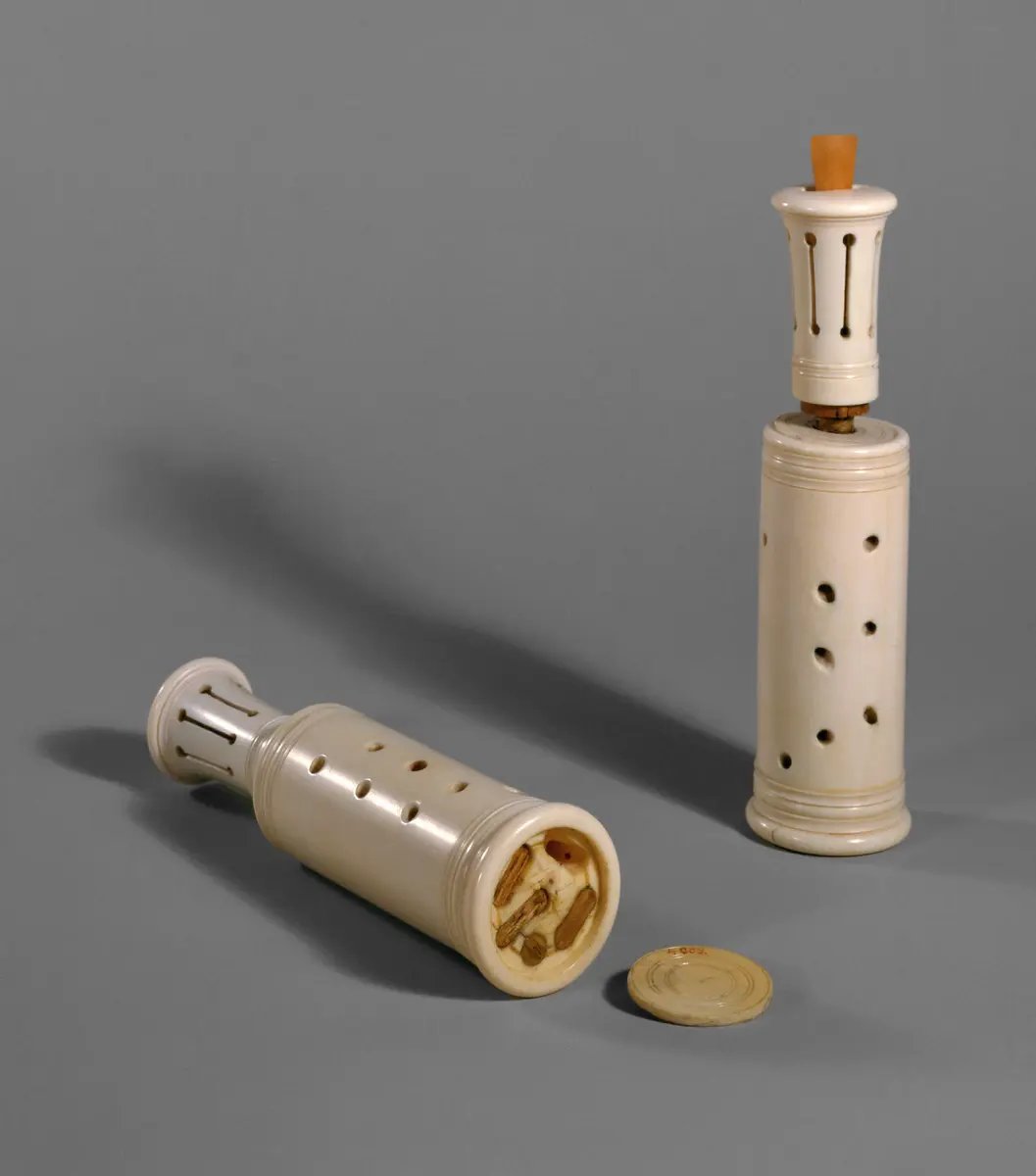Manufacturer:
anonym
Time:
16th century
Object Name:
Rackett
Culture:
Germany
Dimensions:
120 mm x 50 mm x 50 mm
Copyright:
Kunsthistorisches Museum Wien, Sammlung alter Musikinstrumente
Invs.:
Sammlung alter Musikinstrumente, 213
Alte Inv.Nr.:
KK_4038
Schlosser Nr.:
A 224
